Before falling in love with the jumbo brown coturnix quail, I started with 15 standard coturnix birds in the first year.
Spending $150 on a coop with a feeder and waterer attached, I had to spend around $10 per month on feeding and a few dollars on utilities and sanitary supplies. Then, 10 birds survived and matured well.
With previous experience, I increased the flock and added up to 100 birds. So, let’s break down the real cost of raising jumbo brown coturnix and understand if you’re ready for this farming adventure.
Why I Choose Jumbo Brown Coturnix Quail?
I have white and brown jumbos in my aviary pens. Like other keepers, I prefer jumbos over other Coturnix quail for their size and yield.
Jumbos are twice the size of standard Coturnix, and their eggs are twice that of standard birds.

They can weigh 12 – 15 oz and lay 12 – 16 grams of eggs.
So, you can expect 8 – 12 oz of meat after dressing the birds. Yeah, this is enough to feed and fill one adult.
Can you imagine a single hen laying around 300 large quail eggs yearly?
Besides their egg size, Jumbo eggs are also nutrient-packed. They have low calories and high protein.
Creamy and delicious eggs are without salmonella, so you can eat them raw. These can enhance vision and immunity, reduce inflammatory conditions, and stimulate growth and repair in the body.
If you’re on a weight loss plan, these quail eggs help boost metabolism. They also reduce blood pressure and help with allergies.
So, you need to keep at least 10 – 15 jumbo brown birds if you eat 3 eggs daily and 1 – 2 birds per week. Then, you can incubate and hatch quail eggs and increase the population based on your space.
I like these birds as roosters crow in a soft trill. I find it like a songbird. No noise issue!
Initial Setup Costs
The cost of raising jumbo brown Coturnix quail varies depending on the number of birds you want. When I became an experienced keeper after the second batch of quails, I had kept around 100 birds.
So, let’s calculate the cost for 100 quails.
First, you need to decide whether you would buy chicks or hatch eggs.
Let’s compare the expenses which is comfortable for you. You can get around $2.50 per chick on a 100-bird purchase from local hatcheries.

So, the investable amount would be $250 on chicks.
If you want to hatch eggs, it’s $ 10 for 12 eggs, so you will need around 142 eggs with a rough expectation of a 70% success rate (to get 100 chicks in total).
Let’s say, you will be spending around $118 on eggs.
Then, incubators will be added. Beginners can opt for a $65 standard incubator that accommodates 18 eggs. You can also go for a $150 incubator and kits.
Once your orders arrive, you need to build brooders for chicks.
To set up a brooder, you need a heat lamp, bedding, feeders, and waterers.
2X3-foot brooder can hold 20 chicks, so you may need 5 boxes made of a carton box or a pallet. I’m frugal, so I’m getting it that way.
You can also build all into one or a whole one brooder.
That costs nothing if you have old furniture or scraps.
The local stores also sell brooders, but I find them very small, with a capacity of only around 15 chicks. And readymade ones are expensive too, at $65 – 80.
Anyway, you need to buy heat lamps with a 250-watt bulb. A pair of bulbs will be enough for a hundred birds.
It’s around $14 per bulb, so $28 is for the heating lamp. You can increase the number if you live in a cold region.
Besides, the feeder and waterer are available in a set of pieces. For example, I got 4 pack feeders for $17, which can serve 24 birds. So, it will cost you $68 for 4X4 packs.

Next, 3 waterers can be enough for quails at the start, which comes around $30.
Sellers also have a combo (feeder+waterer) offer, so you can grab the deal based on your requirements. I didn’t find any, so I have to buy them separately.
You can also make DIY feeders and waterers from your own resources, which can save you some dollars.
Again, for bedding, you will need wood shavings or other alternatives. If you have already, you don’t need to spend more. But if you don’t, they sell 30 oz bedding supplies for $15.
Housing & Infrastructure Costs
Once jumbo brown coturnix quails are 6 weeks old, you need to transfer them from the brooders to spacious enclosures.
This requires a significant initial investment.
Look, if your birds are small in numbers, you can keep them in small coops. But a large number of birds, equivalent to 100 or above, need a large space.
I own stackable wired hutches for them, but aviary pens and ground coops are also great.
Hutches are a manageable system in terms of egg collecting and taking care of birds.
They are similar to rabbit houses with sheltered sides completely closed, except for the ventilation on the top. These shelter systems accommodate jumbo quails well in a space with 3 birds per foot.
Aviary pens are tall with a height of 6 feet or above, which provides a more natural-like environment or setting for quails. Quails are happy to fly and hang on aviary systems.
But the problem with aviaries is that the systems hold fewer birds than hutches.
The reason is manure buildup. As the pens are built on the ground, the birds discharge their manure on the bedding.
When manure piles up, it’s not good for birds, so you need to restrict the number and let them create less mess around the pen.
Changing 4 – 6 inches of deep bedding is not easy in a short time, but periodically.
But, hutches don’t have this problem as the manures fall through the bottom. They are designed with a shelter floor above the ground.
I have 3 storey-hutches with egg and manure collectors or trays underneath of each stacks.

This type of hutch costs around $100, sheltering 45 quails, so you may need 2 hutches like this. You don’t spend another $100 for only 10 birds, do you?
So, they need to be adjusted in each storey.
I have seen other prebuilt quail hutches selling for above $500 with a capacity of housing 45 birds. They have a few extra facilities like feeders and waterers, which you have already bought in the brooder.
So, I suggest you either DIY your hutch or order nearby carpentry houses to build the desired hutch using wood and PVC-coated wire.
This helps you cut down some costs and fulfill your requirement within the budget.
Feed and Nutrition Costs
I own more than 100 quails and use Hi-Ace feed (It’s not sponsored). Every time I go, I spend $150-$ 180 because I buy in bulk instead of just one or two bags. And this feed lasts me around 2 months.
I often spend on a hi-ace starter for chicks and developer feed for 6-week-old quails.
These feeds are thrown in the mealworms mixed in their feed every 4th day.
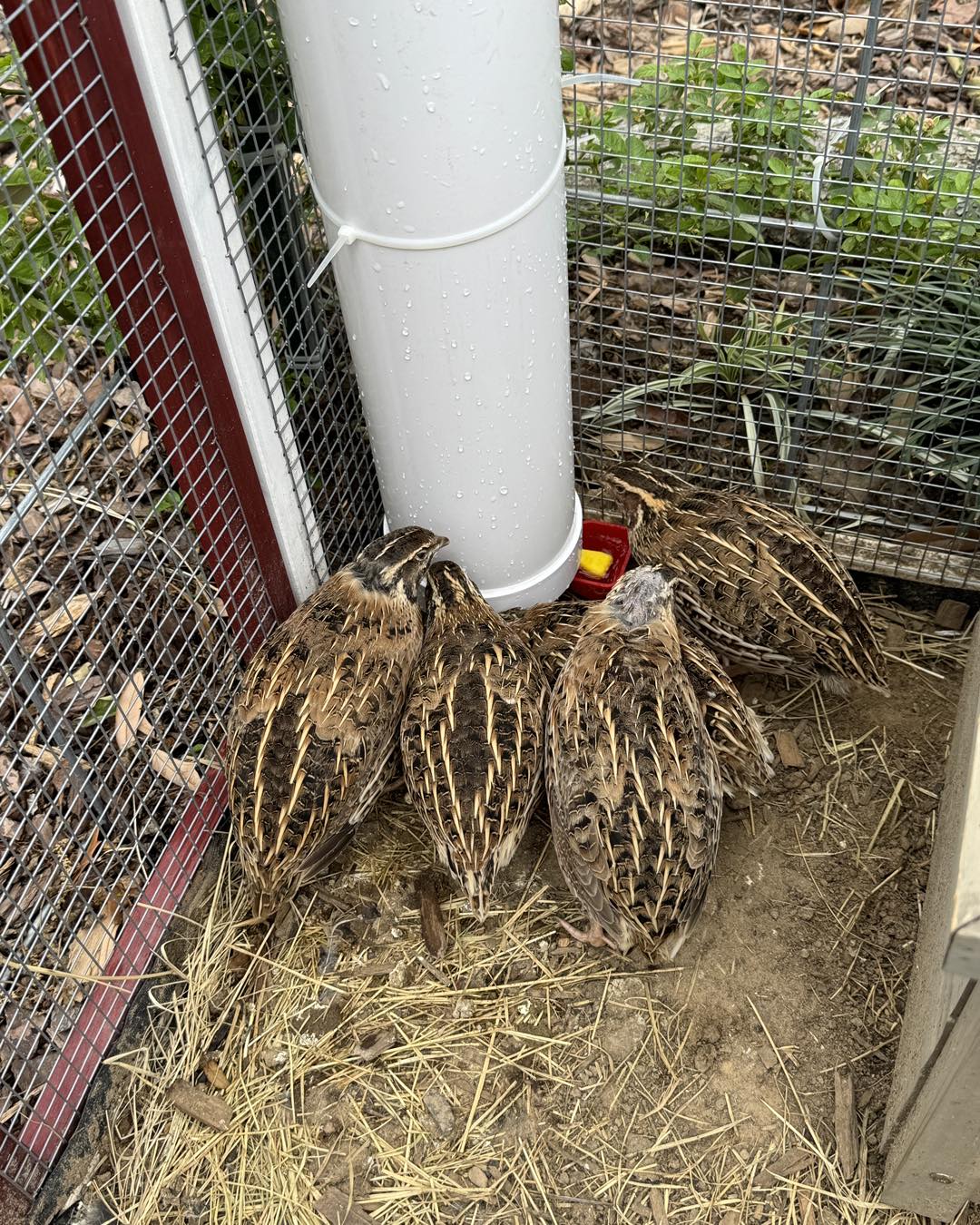
Depending on the size of birds, jumbo browns eat about 1.5 to 2 oz of feed per day. I have raised my own mealworms and black soldier fly larvae. Otherwise, I have to spend another $25 a week on treats.
I also spread foliage from my backyard gardens around the flock, as I know they eat.
What I do is that I often give my birds 30% protein until 8 weeks, then 25% onwards. That’s simple.
30% protein until 8 weeks, then 25% onwards.
In my homestead, I harvest male quails between 8 and 10 weeks after hatching. So, let’s take another angle.
One jumbo quail eats 2 oz of feed daily, so if you raise it from 8 weeks, a single bird costs you 112 oz or 7 lbs of feed. And 100 birds take on 700 lbs of feed.
So, you can expect to spend a total of $1,050 in feed if it costs $1.50 per pound.
Ongoing Maintenance and Miscellaneous Costs
To run and maintain quail farming, you need electricity for heating lamps, an incubator, and fans (if attached for ventilation).
Quails need to stay in the brooder for 3 to 4 weeks so that the system consumes electricity generously.
Besides, if you keep your birds indoors, you may require light 24/7, which may cost you a lot. However, if they only need it at night, the bill will be cut short.
Also, the sun doesn’t show up in the winter, so it’s going to be a higher bill amount than in the summer months.
Besides, bird health care is vital. Vet fees, vitamins, deworming, and disease prevention are a few additional expenses.
For example, the local vet can charge you $20 – $50 per visit. To provide probiotics and vitamins, $15 – 20 per year if used during stress, molts, or brooding.
The basic medications or wormers also cost $20-$30 if applied.
I don’t think you need to invest in grit or calcium, as you can crush chicken eggs yourself and serve your birds.
Also, you can give your birds a free dust bath. Without spending a single penny, you can create some dust baths using old containers, sand, or dirt.
I recommend using food-grade diatomaceous earth in their enclosure to help prevent mites.
So, here is a list of other possible expenses for raising jumbo brown coturnix quail.
| Items | Details | Cost |
|---|---|---|
| Electricity | Brooder Lamp or Lighting for Housing | $10 - $20 per month |
| Bedding | Pine shavings or straw | $10 - $20 per month |
| Cleaning Supplies | Disinfectants and other cleaning supplies | $10 - $20 per month |
| Feeder and Waterer | Need to replace the broken or teared items | $10 per piece |
Final Thoughts
I don’t want to scare your vision of keeping jumbo brown coturnix quail, so I have stopped the list here.
This is only a rough or probable estimation. When I started with quail, I invested in many of the essentials mentioned above, but I also made a few others myself to reduce the cost.
So, it’s not necessary to buy all items at once. If you already have some, use them effectively and replace them once they are useless, or repurpose them. But you need to spend on feed and regular utility costs.
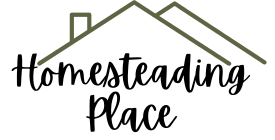


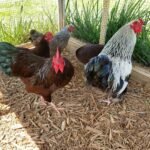



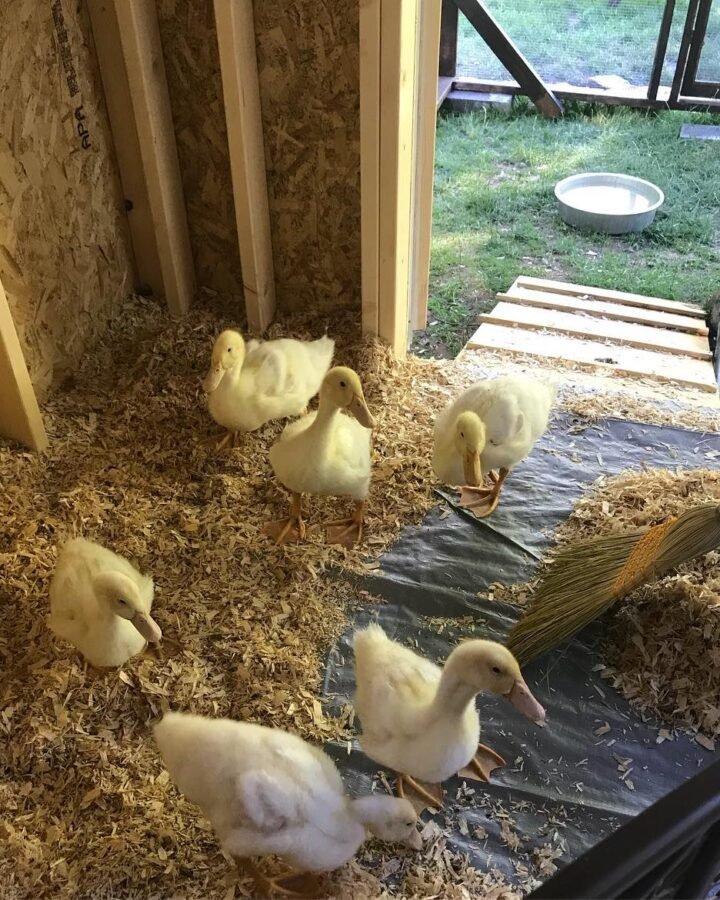
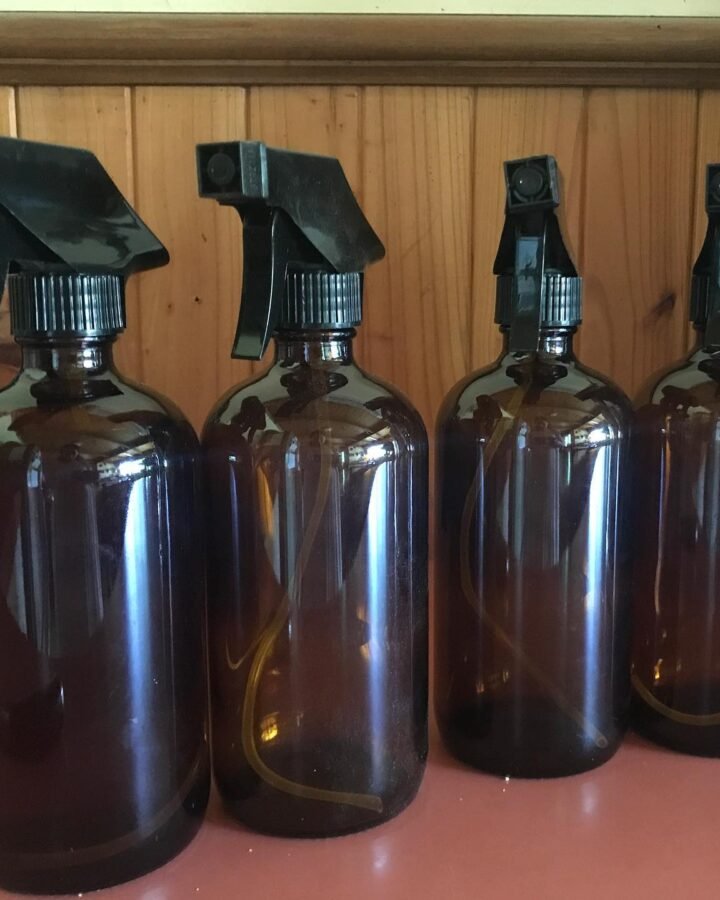
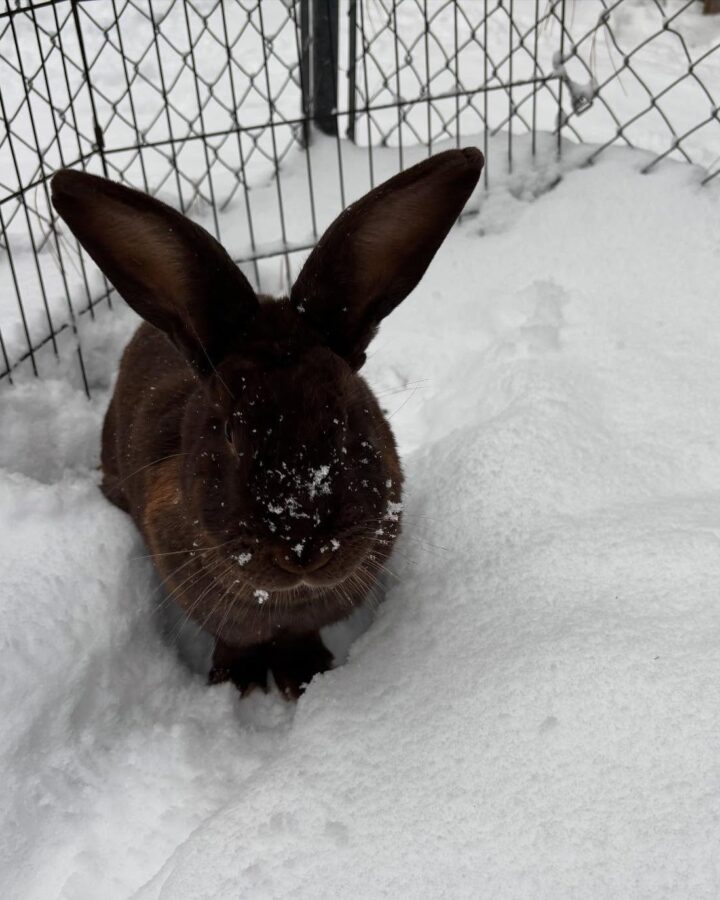
Leave a Reply